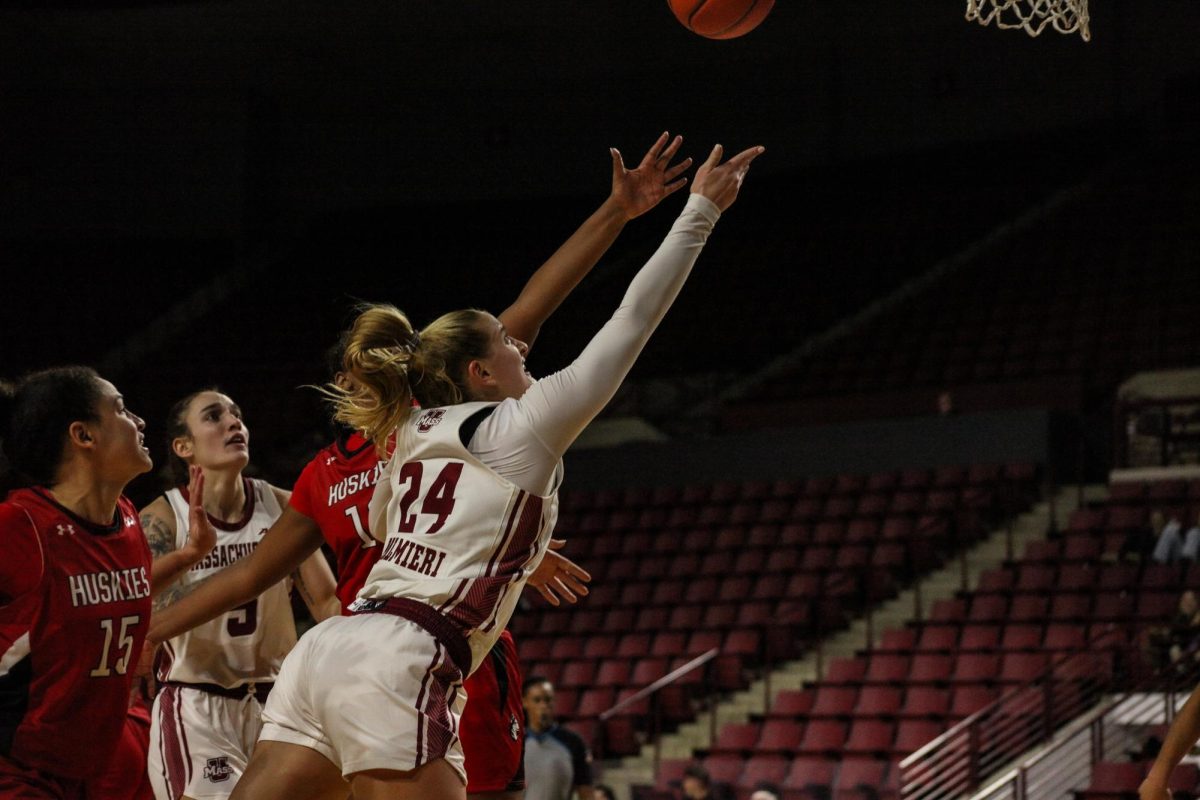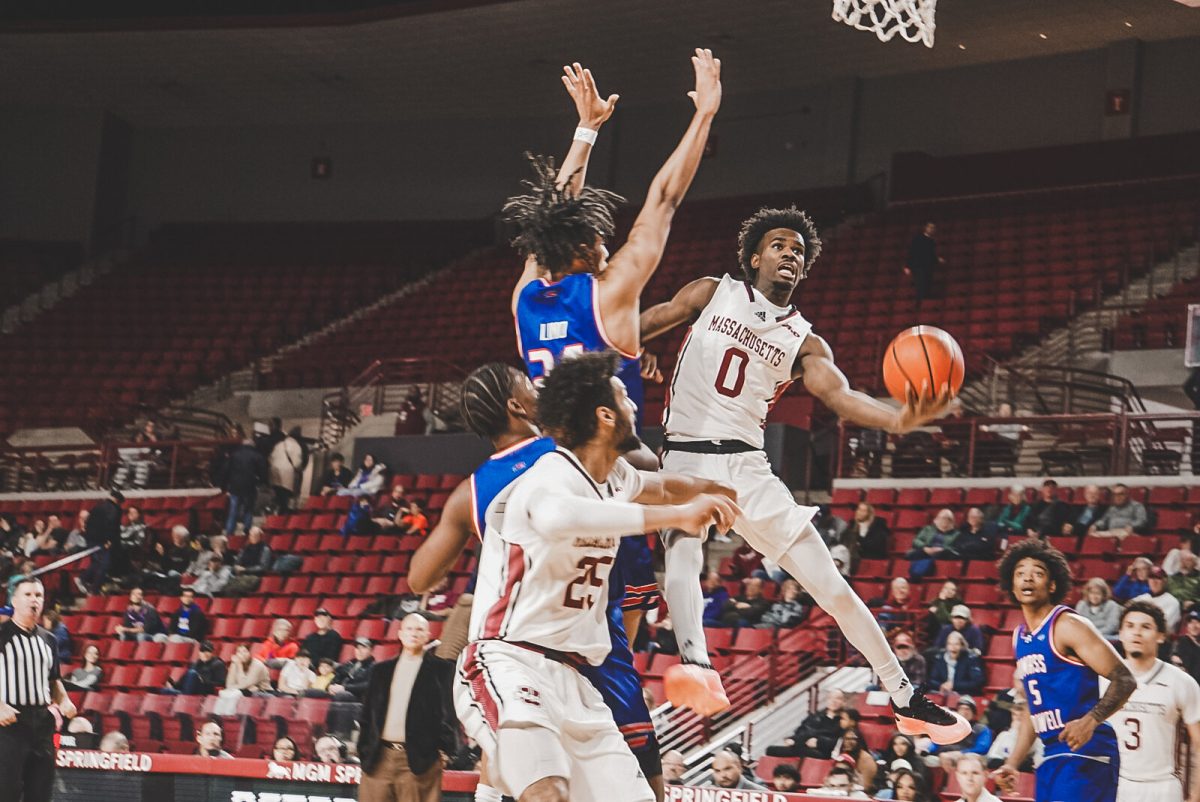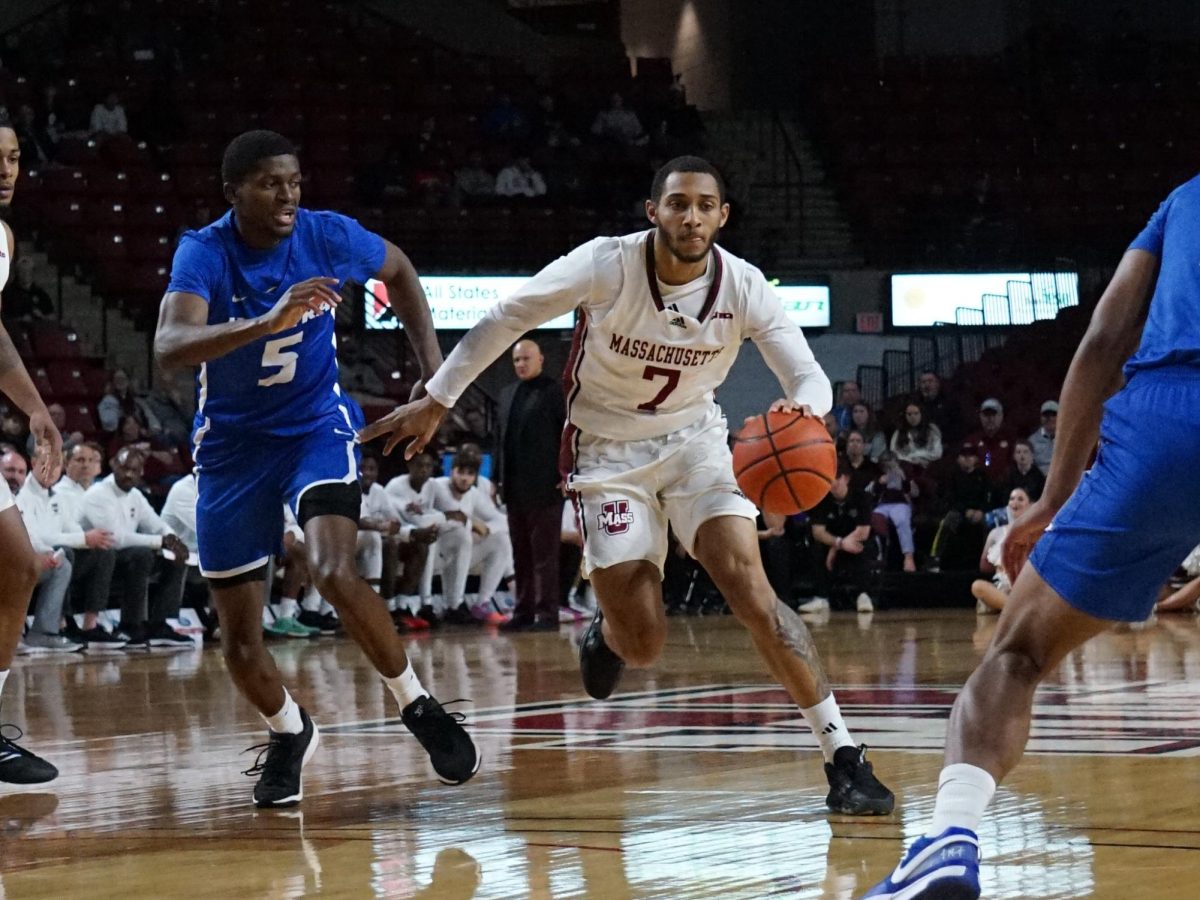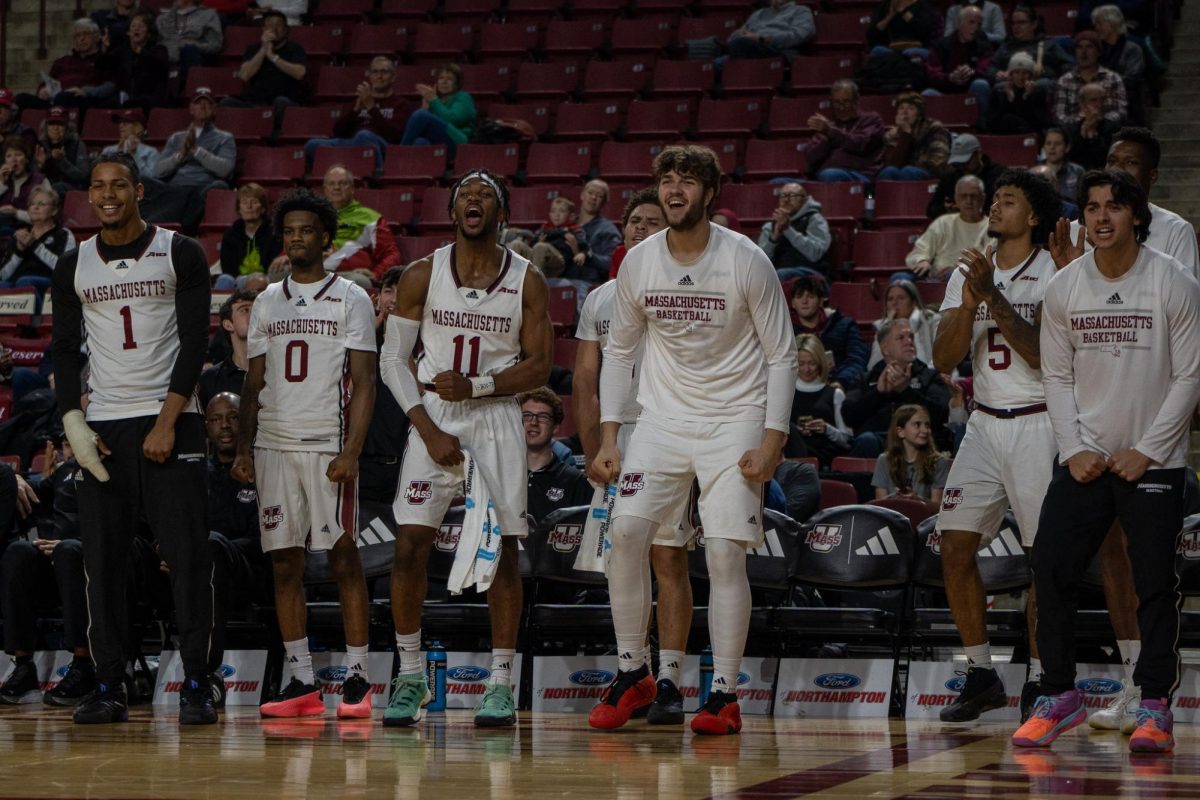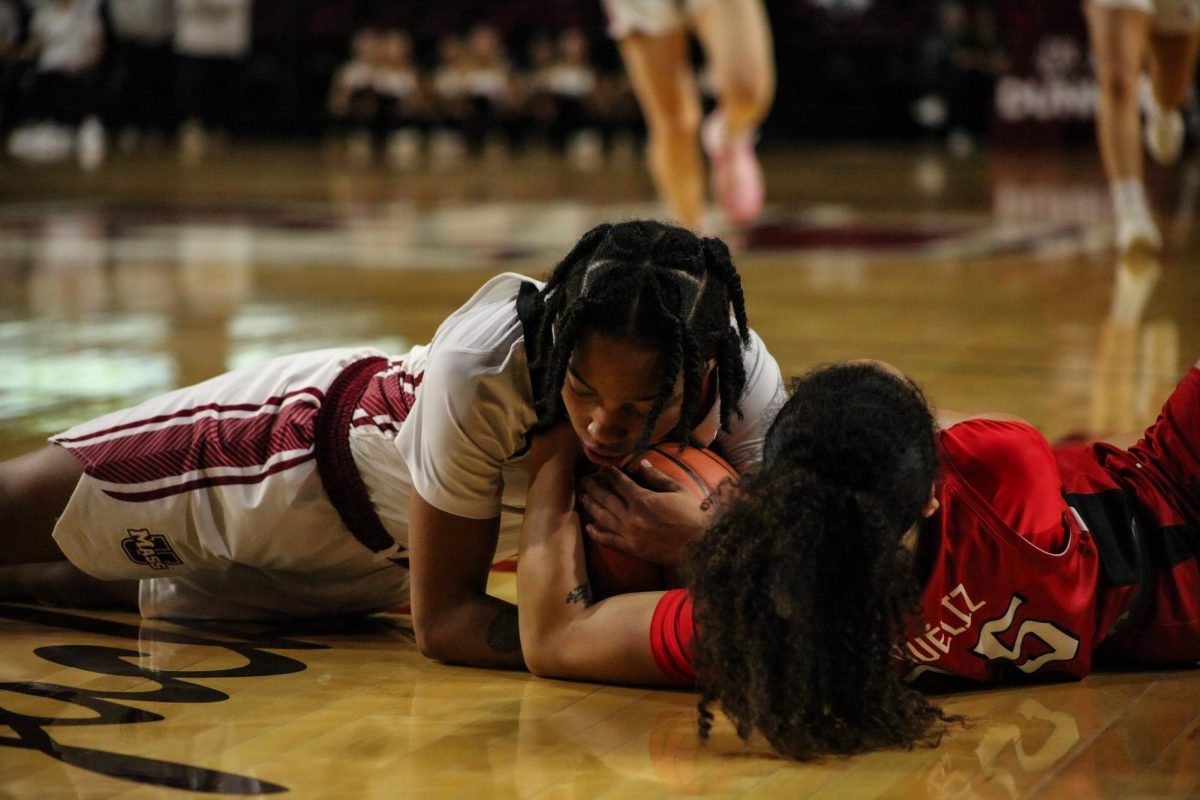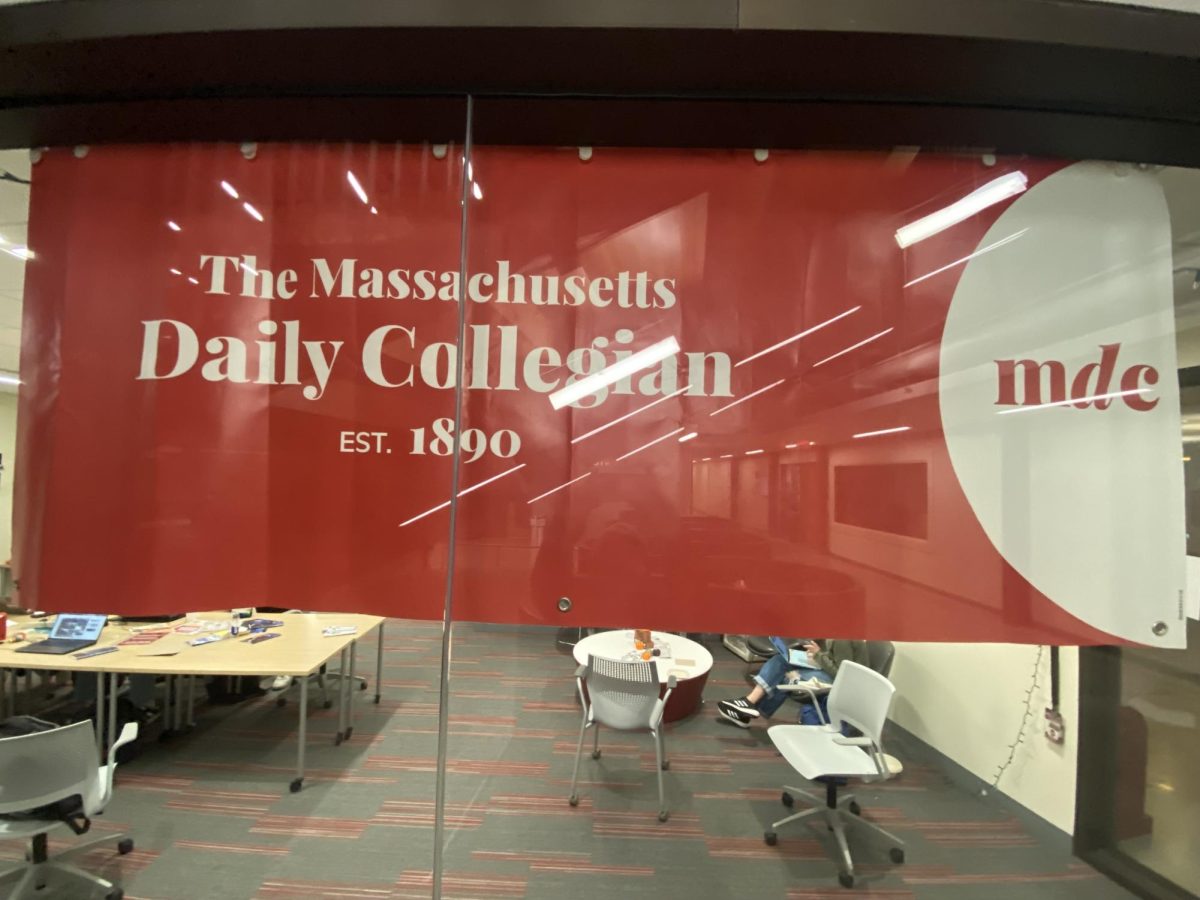Every time I return to the University of Massachusetts campus, I look forward to my induced tendonitis. When the semester rolls in, I sit down to work on assignments, be it in the Student Union, the Integrative Learning Center or the W.E.B. Du Bois Library. As I type away, completing writing-heavy coursework, a pain snakes up my wrists, affecting my elbows and shoulders. Sometimes a quick stretch makes it go away, but when I resume typing, the pain slithers back. And when I finish working, the strain of the day rushes into my arms, prolonging the ache. This excess pain is the result of not working in an ergonomic space — a type of space UMass lacks.
The Cambridge Dictionary defines “ergonomic” as “relating to the design of furniture or equipment which makes it comfortable and effective for people who use it.” In other words, spaces that promote physical well-being. It also describes the study of people in their working environment, prioritizing how a workspace fits the worker using it. Ergonomics typically promotes the physical safety and well-being of workers in the workplace, but it must be applied to college campuses as well.
Ergonomic office spaces ensure that users maintain a healthy posture while working. Important attributes of ergonomic spaces include, but are not limited to, aligning the head, neck and torso while seated, relaxing shoulders, positioning arms and legs at a 90 to 100 degree angle and keeping elbows close to the body. These qualities prevent discomfort and work-related pain.
With the increase in technology usage for completing coursework, college students are more susceptible to developing work-related musculoskeletal pain. The UMass Department of Environmental Health and Safety’s webpage on ergonomics states, “Improper posture, typing techniques and workstation configurations can, over time contribute to chronic muscular skeletal disorders.” Examples of these disorders include carpal tunnel syndrome, trigger finger, rotator-cuff syndrome, tendonitis and tarsal tunnel syndrome.
Despite this, very few spaces at UMass can be made even somewhat ergonomic. One of these spaces is the movable desks in the Du Bois Library. Their adjustability has allowed me to work with my arms more closely at a 90-degree angle. Apart from those desks, which are quite limited, most communal spaces here are designed for taller students – which I and countless students are not – whether it be the red group tables or immovable desks in the Du Bois Library, the tables in the ILC or nearly every table in the Student Union. In my case, the desks are too high for my arms to work at a 90-degree angle, which places strain on the tendons. Some spaces are better than others, but nearly every space on campus has been a source of physical discomfort.
Students who suffer from work-related conditions are then forced to manage them individually, by visiting a physician, taking medication or creating a workspace that properly suits their needs. To manage my tendonitis, I made a more ergonomic space in my unit. I stretch. I take ibuprofen. I exercise and stretch more. But this does not prevent the pain that snakes back every time I work in a communal space.
The physical health of students cannot be addressed solely on an individual level. UMass should prioritize this aspect of student health rather than allowing them to suffer in silence and handle these issues on their own. Much of students’ academic lives are spent working at a desk or table to complete work for their degrees. This should not be a painful experience.
Of course, UMass cannot cater to every student’s ergonomic needs, but it could diversify the types of study spaces on campus. This might mean investing in adjustable desks, chairs and computer screens, so students can arrange equipment according to their needs. It could also mean educating students about how to work comfortably. Prioritizing this would relieve students of added pain, frustration and stress.
There’s also an opportunity here to create a culture that merges our work with caring for our health, rather than tending to one at the expense of the other. It can start at college campuses and give students the tools to work safely and comfortably in their future workplace. We could use them; because yes, my tendons flared up while writing this.
Medha Mankekar can be reached at [email protected].




